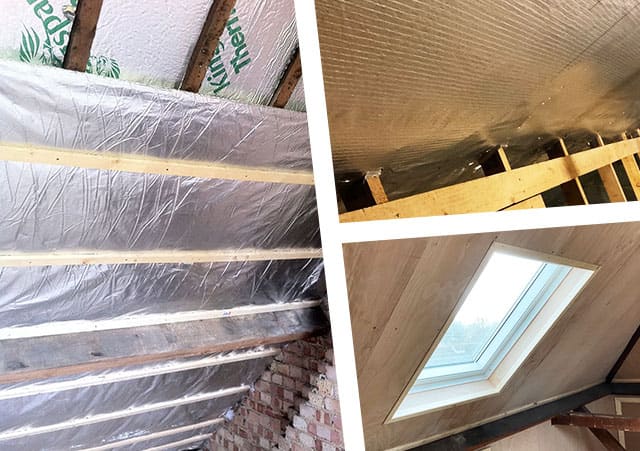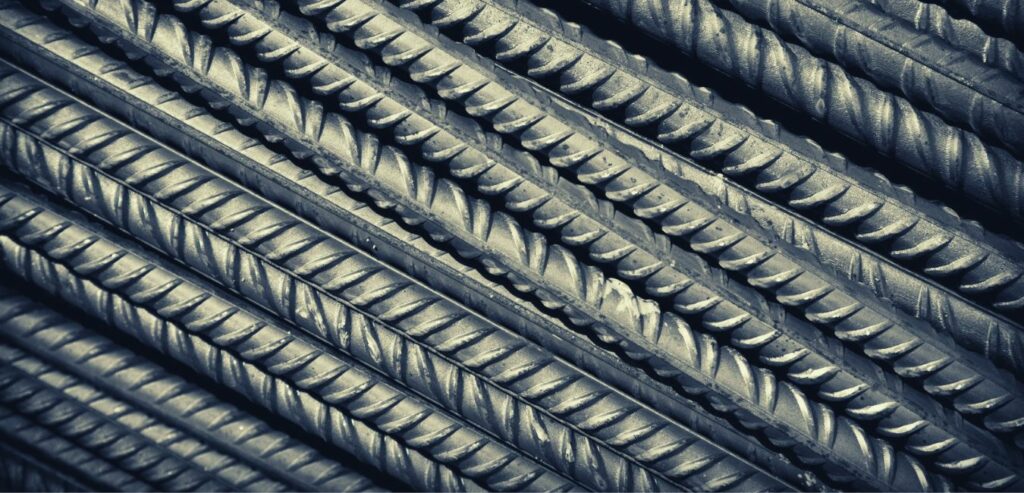When it comes to insulating your attic, choosing the right type of insulation is crucial for maintaining optimal energy efficiency and comfort in your home. With a wide range of insulation materials available in the market, it can be overwhelming to determine the best option for your attic. In this article, we will explore various types of insulation and their suitability for attics, providing you with the knowledge to make an informed decision.
- Fiberglass Insulation:
Fiberglass insulation is one of the most common and widely used types of insulation for attics. It consists of fine glass fibers that trap air, creating a barrier against heat transfer. Fiberglass insulation is known for its affordability, ease of installation, and excellent thermal performance. It is available in batts or rolls, making it suitable for both DIY projects and professional installations. Additionally, fiberglass insulation is non-combustible and resistant to moisture, ensuring long-lasting effectiveness. - Cellulose Insulation:
Cellulose insulation is an eco-friendly option that is made from recycled paper products, such as newspapers and cardboard. It is treated with fire-retardant chemicals to enhance its safety. Cellulose insulation is known for its superior ability to reduce air leakage and provide excellent soundproofing. It can be blown or sprayed into attics, filling gaps and crevices effectively. However, it is important to ensure proper installation to prevent settling and maintain its performance over time. - Spray Foam Insulation:
Spray foam insulation is a versatile option that expands upon application, creating an airtight seal. It is available in two types: open-cell and closed-cell. Open-cell spray foam is less dense and provides excellent sound absorption, while closed-cell spray foam is denser and offers higher R-value, making it more effective in extreme climates. Spray foam insulation is known for its ability to seal cracks and gaps, preventing air leakage and moisture intrusion. However, professional installation is recommended due to its specialized application process. - Mineral Wool Insulation:
Mineral wool insulation, also known as rock wool or slag wool, is made from natural minerals, such as basalt or slag. It is known for its exceptional fire resistance and sound absorption properties. Mineral wool insulation is available in batts or loose-fill form, making it suitable for attics with irregular shapes or hard-to-reach areas. It is moisture-resistant and does not promote the growth of mold or mildew. However, it is important to wear protective gear during installation due to its potential to irritate the skin and respiratory system.
Conclusion:
Choosing the best insulation for your attic depends on various factors, including budget, climate, and personal preferences. Fiberglass insulation offers a cost-effective solution with excellent thermal performance, while cellulose insulation provides eco-friendly benefits and superior air sealing. Spray foam insulation offers unmatched air sealing capabilities, and mineral wool insulation excels in fire resistance and sound absorption. Consider consulting with a professional insulation contractor to assess your attic's specific needs and determine the most suitable insulation type for optimal energy efficiency and comfort in your home.


